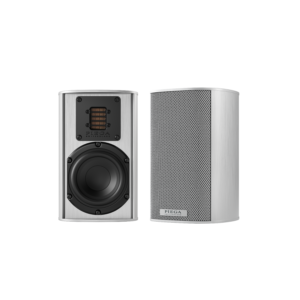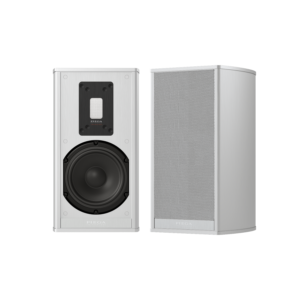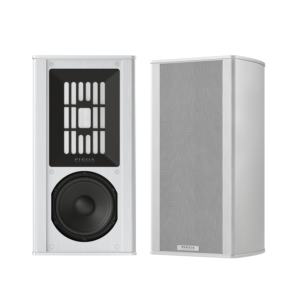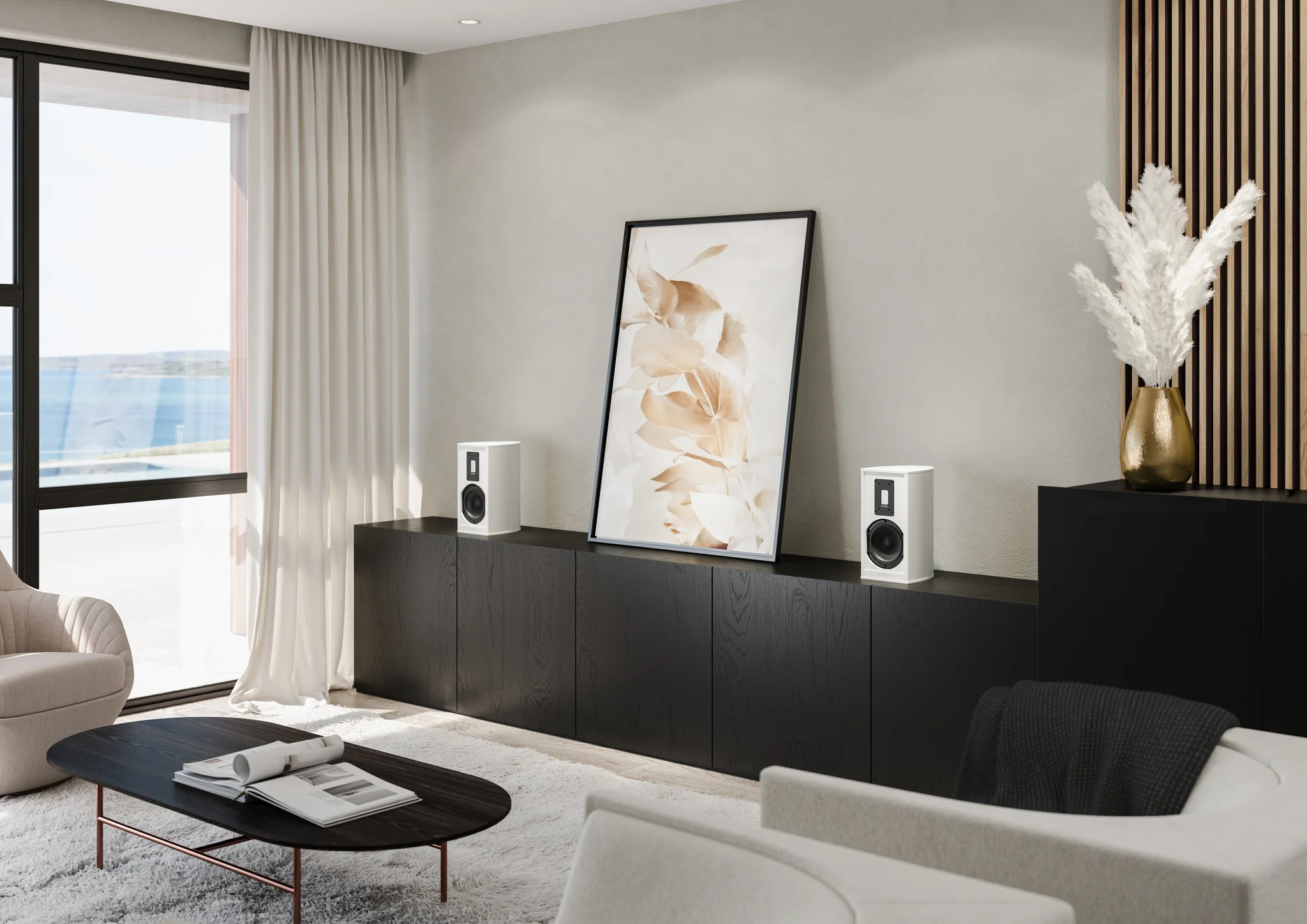What exactly makes a speaker high-end… ?
July 2021
by your PIEGA team
Let’s make one thing clear right at the beginning: there is no precise definition of «hi-fi, high-end». But it’s a fact that the term «high-end» is used in many fields of the technology industry, emphasizing particularly high quality, for example of a watch, a car, or other products. Within the hi-fi sector, its meaning is not quite as easily defined. So, let us look at this term from the perspective of a loudspeaker manufacturer.
Does a high-end speaker have to be big?
It certainly doesn‘t. The term high-end should not be tied to the size of a speaker. Of course, man-sized floor-standing speakers impress with their looks and are usually capable of reproducing high volumes with deep bass. However, we mustn’t forget that a loudspeaker and the room it is set up in need to «function» together, and in very small rooms, large floor-standing speakers cannot develop their full potential. Room and speaker are therefore subject to an unavoidable interaction. Thich is why in a small room, the sound quality is likely to be much better when choosing a smaller speaker. So don’t forget to consider the size of your room, before choosing your perfect speaker model.
So, how to define high-end then?
High-end speakers are defined first and foremost by their ability to present us with all the subtleties of music reproduction as clearly and precisely as possible. A high-end speaker brings out the acoustics of the recording room, as well as the emphasis of the singer’s voice. You might perceive how members in a choir are positioned or notice even the finest key noises of a wind instrument. And you’ll be able to distinguish between steel or nylon strings on a guitar. To achieve precisely this high-end musical experience, a speaker must be built to perfection, allow for no mistakes in music reproduction and convert electrical signals into acoustic-mechanical signals with utmost neutrality.
This calls for no less than a speaker to be built by every trick in the book. The choice of material for the cabinet, for example, is enormously important to minimise unwanted cabinet resonances. The crossover must be precisely matched to the individual loudspeaker drivers, and each driver must be built to reduce distortion to an absolute minimum. This is guaranteed by the use of high-quality materials, which are, however, reflected in the price. But does this mean that only an expensive loudspeaker can be high-end?
Does high-end have to be expensive?
Yes, and no. The technical requirements and high-quality materials come with a certain price tag. However, a 5-digit price tag is by far no reliable indicator for high-end speakers.
To understand the term high-end, we need to recognise the manufacturer’s abilities to achieve the best possible sound within a given price range.
Thus, our bookshelf speaker, the Ace 30, is considered a high-end product. This is because the development of the Ace 30 cabinet, the crossover, and the drivers show the limit of what is feasible within their pricing structure. Those looking for an even higher value and hence more expensive components should have a listen to our Premium 301 or Coax 311 to feel and hear the differences. In the end, a loudspeaker should be one thing above all: an excellent musical companion that even exceeds the buyer’s expectations.
But bear in mind that all three speakers, whether Ace 30, Premium 301 or Coax 311, are able to fill a 15 m² room with incredibly powerful sounds and create a pure goose flesh feeling. And that’s what high-end is aiming for – even though these speakers belong to a different price category.
Is high-end reflected in looks and design?
When it comes to high-end and design, the views couldn’t be more different. There are those, who are solely interested in a speakers design and its visual appearance in their living room, attaching less importance to technology. And then there are others, whose primary focus lies on their sound experience. Both groups though would call their hi-fi system «high-end».
We at PIEGA consider design and sound quality equally important and aim to create high-end speakers, that with their elegant visuals, perfectly integrate into any living room.
The manufacturer’s mission is to combine business with pleasure in terms of shape and sound design of the cabinet. The rounded aluminium cabinet of our latest loudspeaker series has been shaped with technical benefits in mind, but it is also incredibly well-received due to its aesthetics.
And: both looks and design allow for at least a tiny conclusion concerning the manufacturer’s abilities. This is where all skills can be applied in order to craft a perfectly shaped, elegant silhouette with high-quality sonic performance.
So, what exactly is a hi-fi, high-end system?
At this point, it should be understood that «hi-fi, high-end» is far from easily defined. Strictly speaking, «hi-fi, high-end» must not be reduced to the speaker alone. It must rather be seen as an overall concept ultimately defining the speaker’s performance. This includes the built-in electronics, the speaker cabinet, the room and setup and last but not least, the sound recording.
Or quite simply: if playing terminally ill Eva Cassidy’s «What A Wonderful World» sends an ice-cold shiver down our spine, that might well be the best explanation of «high-end».



 Please wait while we redirect you to PIEGA USA.
Please wait while we redirect you to PIEGA USA.